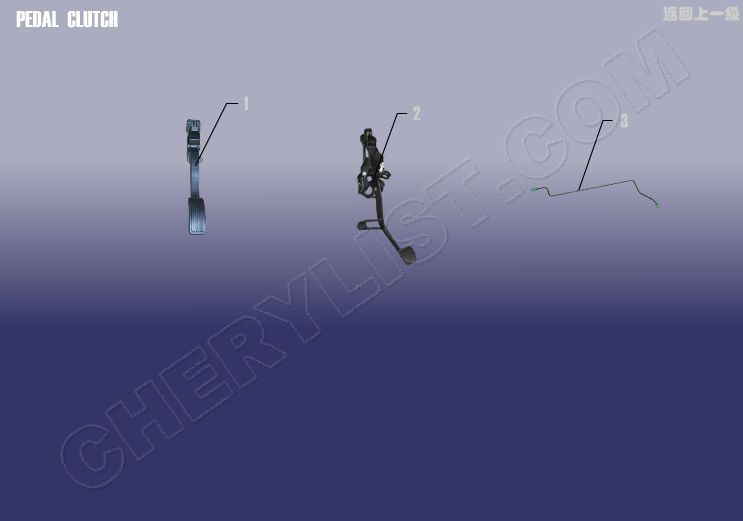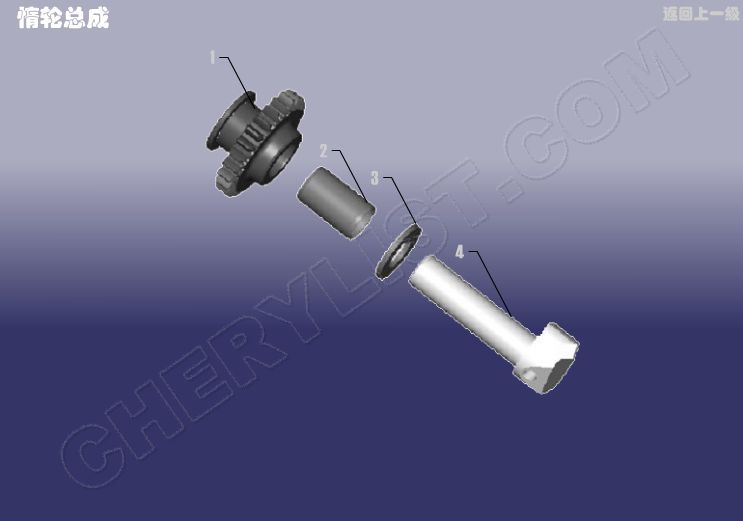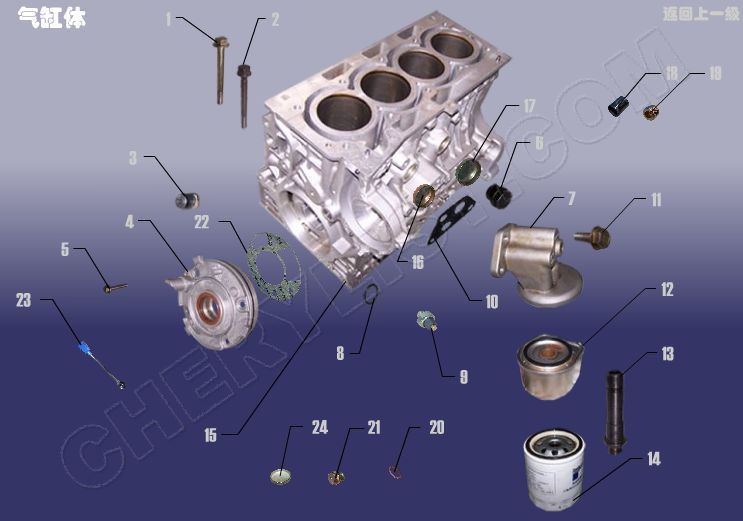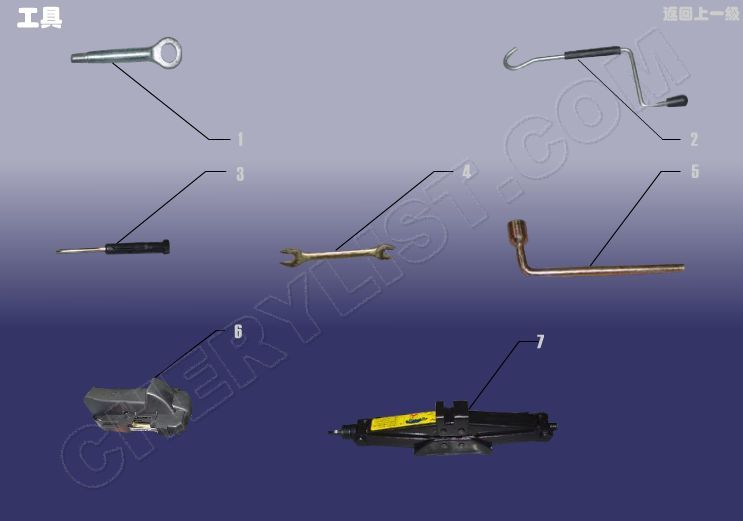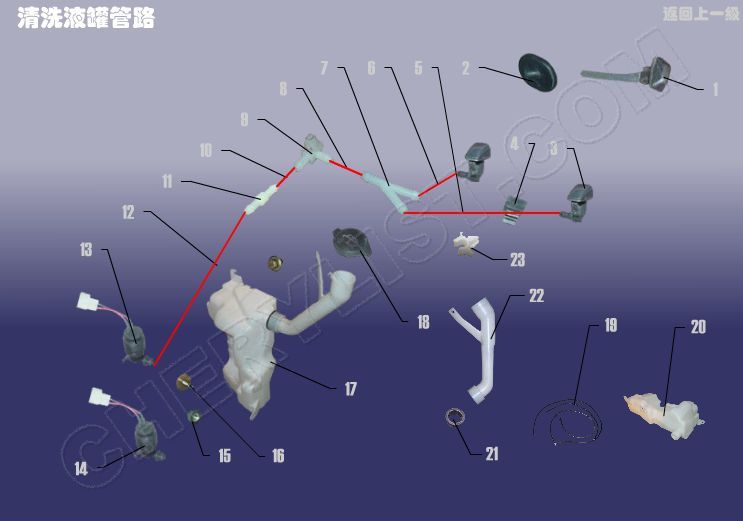2022 China New Design Chery Qq - Good quality stabilizer bar bush for chery stabilizer link S11 – Qingzhi
2022 China New Design Chery Qq - Good quality stabilizer bar bush for chery stabilizer link S11 – Qingzhi Detail:
| Product grouping | Engine parts |
| Product name | Stabilizer bar bush |
| Country of origin | China |
| OE number | S11-2806025LX S11-2906025 |
| Package | Chery packaging, neutral packaging or your own packaging |
| Warranty | 1 year |
| MOQ | 10 sets |
| Application | Chery car parts |
| Sample order | support |
| port | Any Chinese port,wuhu or shanghai is best |
| Supply Capacity | 30000sets/months |
However, if the bush sleeve of the balance bar is broken, it will affect the driving stability of the car, such as the front wheel deviation and the braking distance will be lengthened.
Sway bar, anti roll bar, stabilizer bar, also known as anti roll bar and stabilizer bar, is an auxiliary elastic element in automobile suspension.
In order to improve the vehicle ride comfort, the suspension stiffness is usually designed to be relatively low, which affects the vehicle driving stability. Therefore, the lateral stabilizer bar structure is adopted in the suspension system to improve the roll angle stiffness of the suspension and reduce the body inclination.
The function of the stabilizer bar is to prevent the body from excessive lateral roll when turning and try to keep the body balanced. The purpose is to reduce the degree of vehicle lateral roll and improve ride comfort. The stabilizer bar is actually a transverse torsion bar spring, which can be regarded as a special elastic element in function. When the vehicle body only moves vertically, the suspension deformation on both sides is the same, and the transverse stabilizer bar does not work. When the car turns, the car body rolls and the runout of the suspension on both sides is inconsistent. The outer suspension will press against the stabilizer bar, and the stabilizer bar will twist. The elasticity of the bar body will prevent the wheels from lifting, so as to keep the car body as balanced as possible and play the role of lateral stability.
The transverse stabilizer bar is a torsion bar spring made of spring steel, which is in a “U” shape and is transversely placed at the front and rear ends of the car. The middle part of the rod body is hinged with the vehicle body or frame with a rubber bushing, and both ends are connected with the suspension guide arm through the rubber pad or ball joint pin at the end of the side wall.
If the left and right wheels bounce up and down at the same time, that is, when the vehicle body only moves vertically and the suspension deformation on both sides is equal, the stabilizer bar rotates freely in the bushing and the stabilizer bar does not work.
When the suspensions on both sides are deformed differently and the vehicle body tilts laterally to the road surface, one side of the vehicle frame moves close to the spring support, the end of the side of the stabilizer bar moves upward relative to the vehicle frame, while the other side of the vehicle frame is away from the spring support, and the end of the corresponding stabilizer bar moves downward relative to the vehicle frame. However, when the vehicle body and vehicle frame tilt, the middle of the stabilizer bar does not move relative to the vehicle frame. In this way, when the vehicle body tilts, the longitudinal parts on both sides of the stabilizer bar deflect in different directions, so the stabilizer bar is twisted and the side arms are bent, which plays a role in increasing the angular stiffness of the suspension.
Product detail pictures:
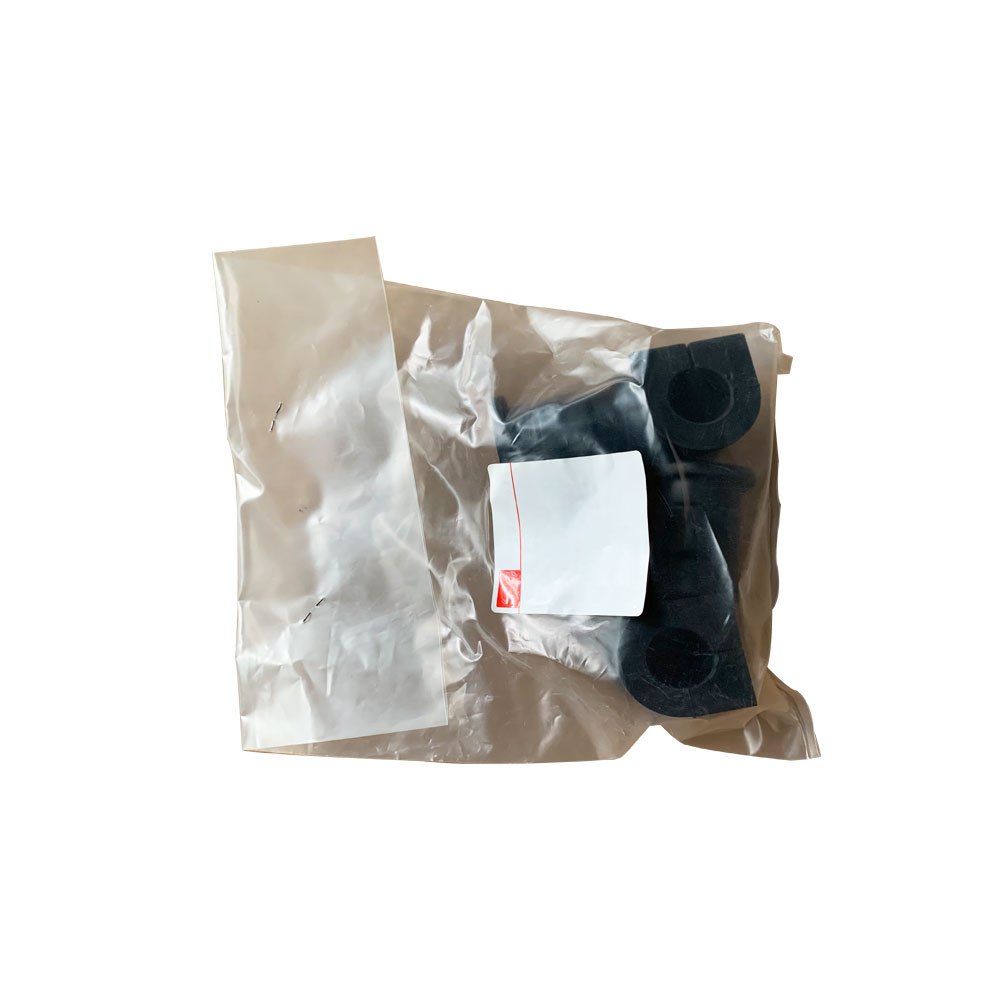
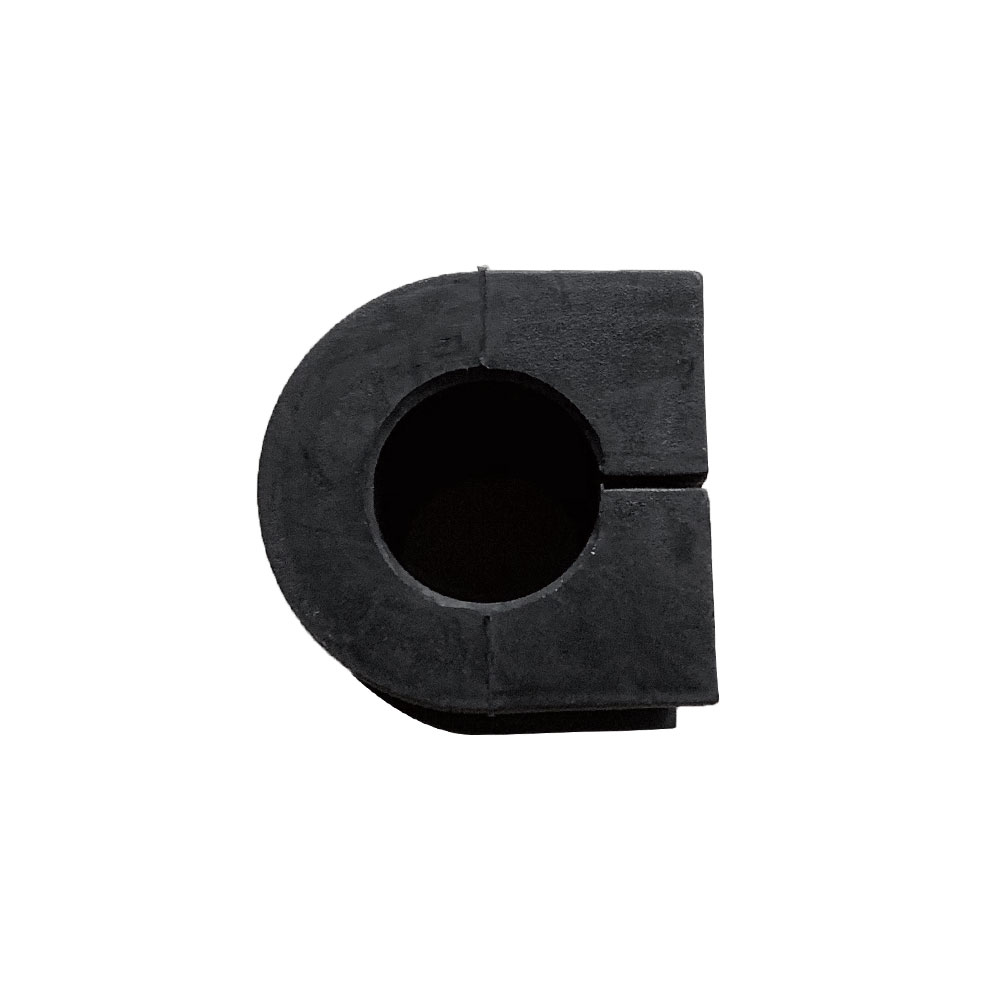
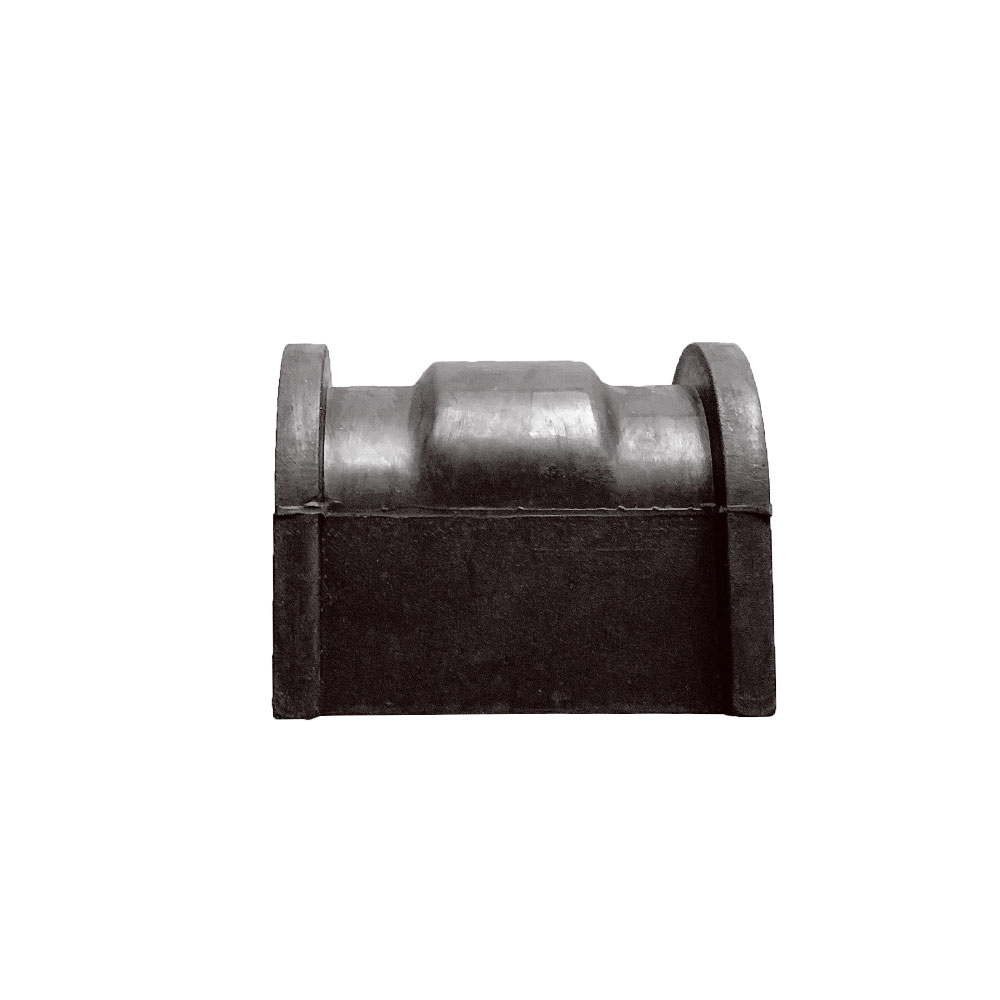

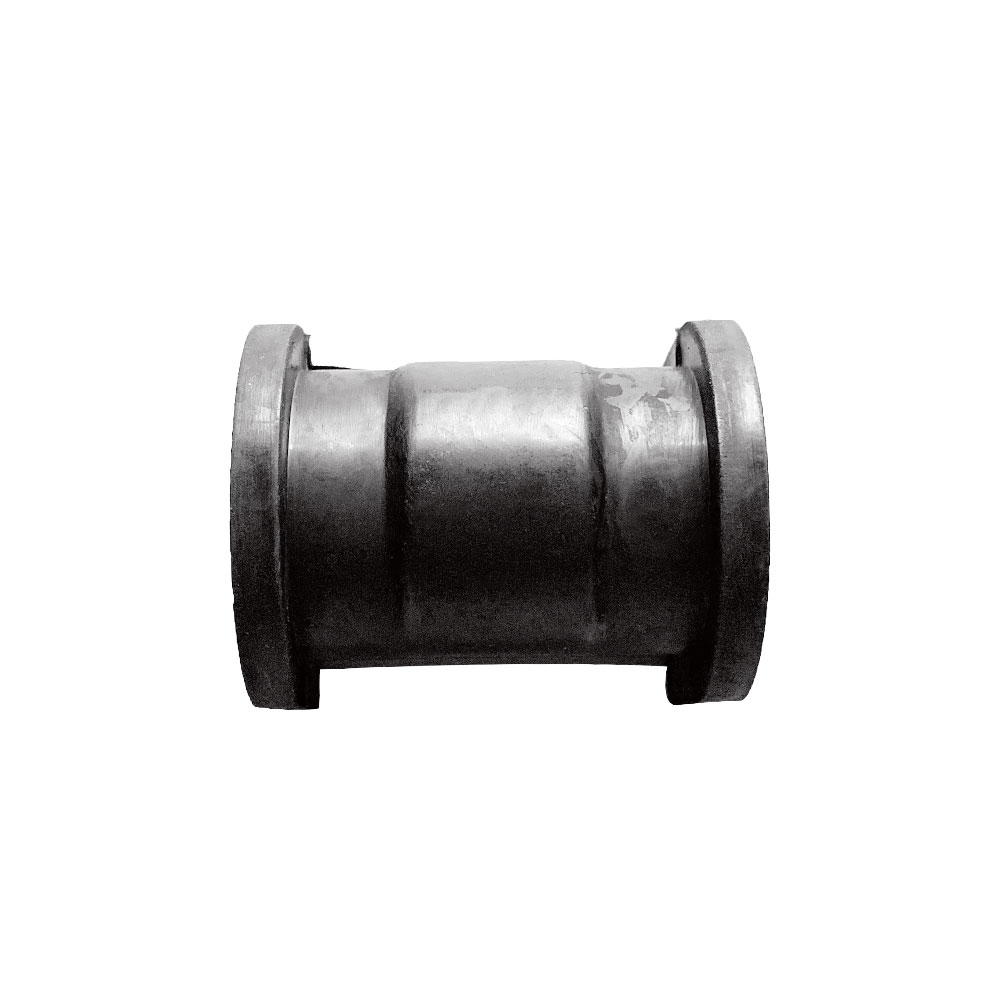
Related Product Guide:
No matter new buyer or old purchaser, We believe in long expression and trusted relationship for 2022 China New Design Chery Qq - Good quality stabilizer bar bush for chery stabilizer link S11 – Qingzhi , The product will supply to all over the world, such as: Cyprus , Bahrain , Bangladesh , All styles appear on our website are for customizing. We meet up to personal requirements with all products of your very own styles. Our concept is to help presenting the confidence of each buyers with the offering of our most sincere service, and the right product.
It is not easy to find such a professional and responsible provider in today's time. Hope that we can maintain long-term cooperation.



